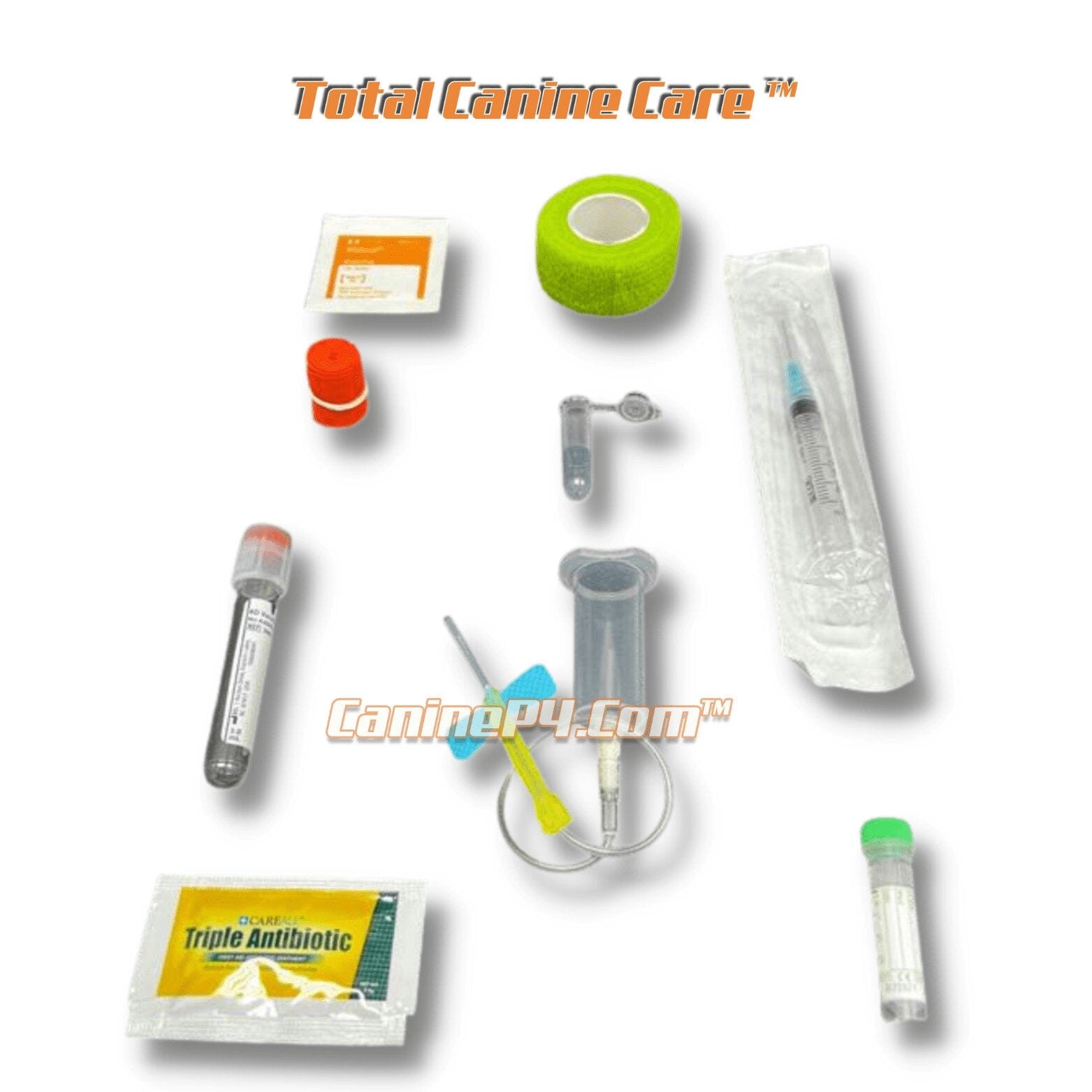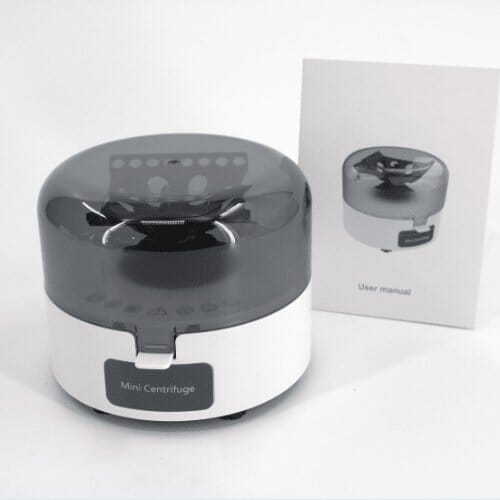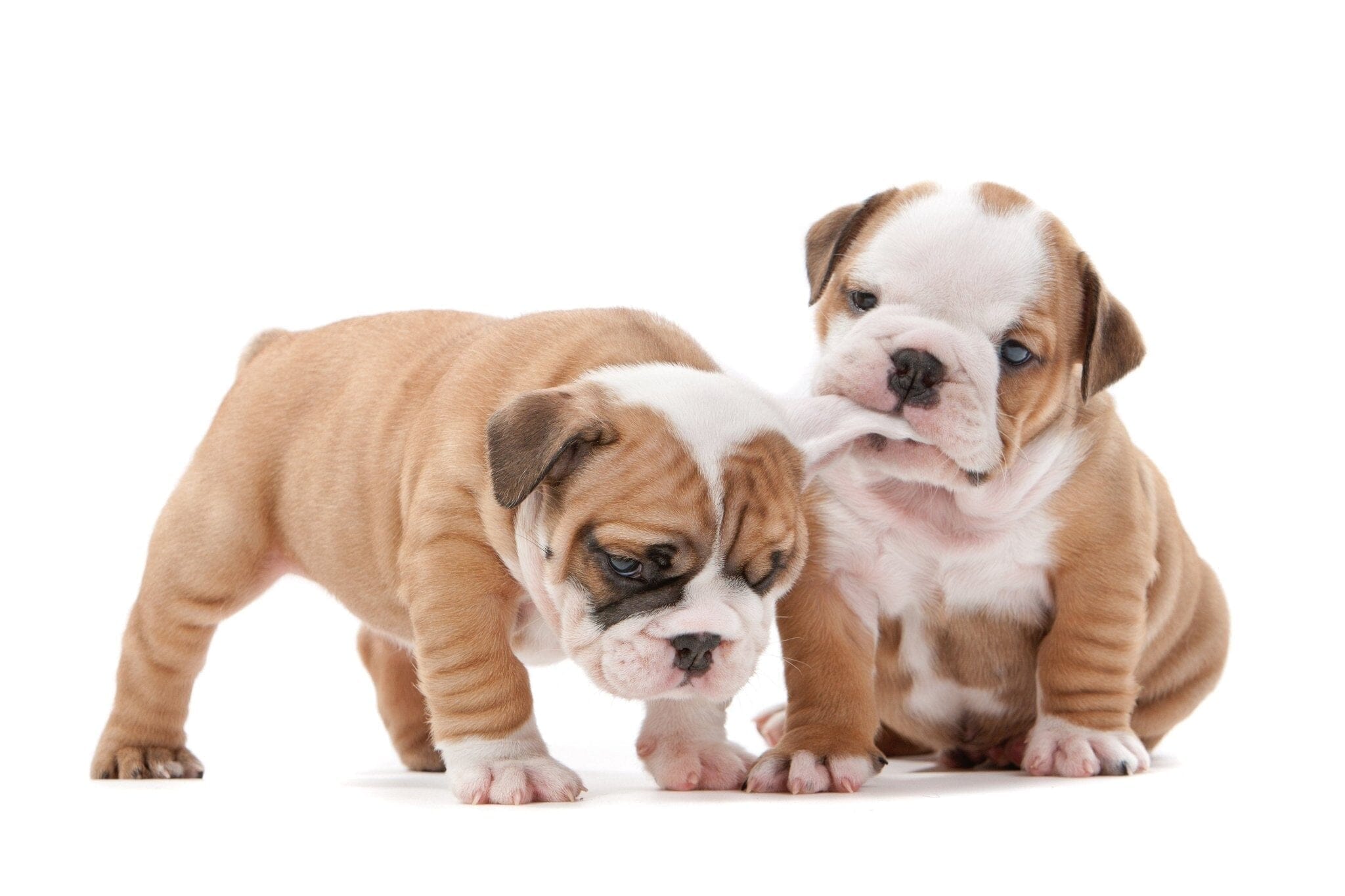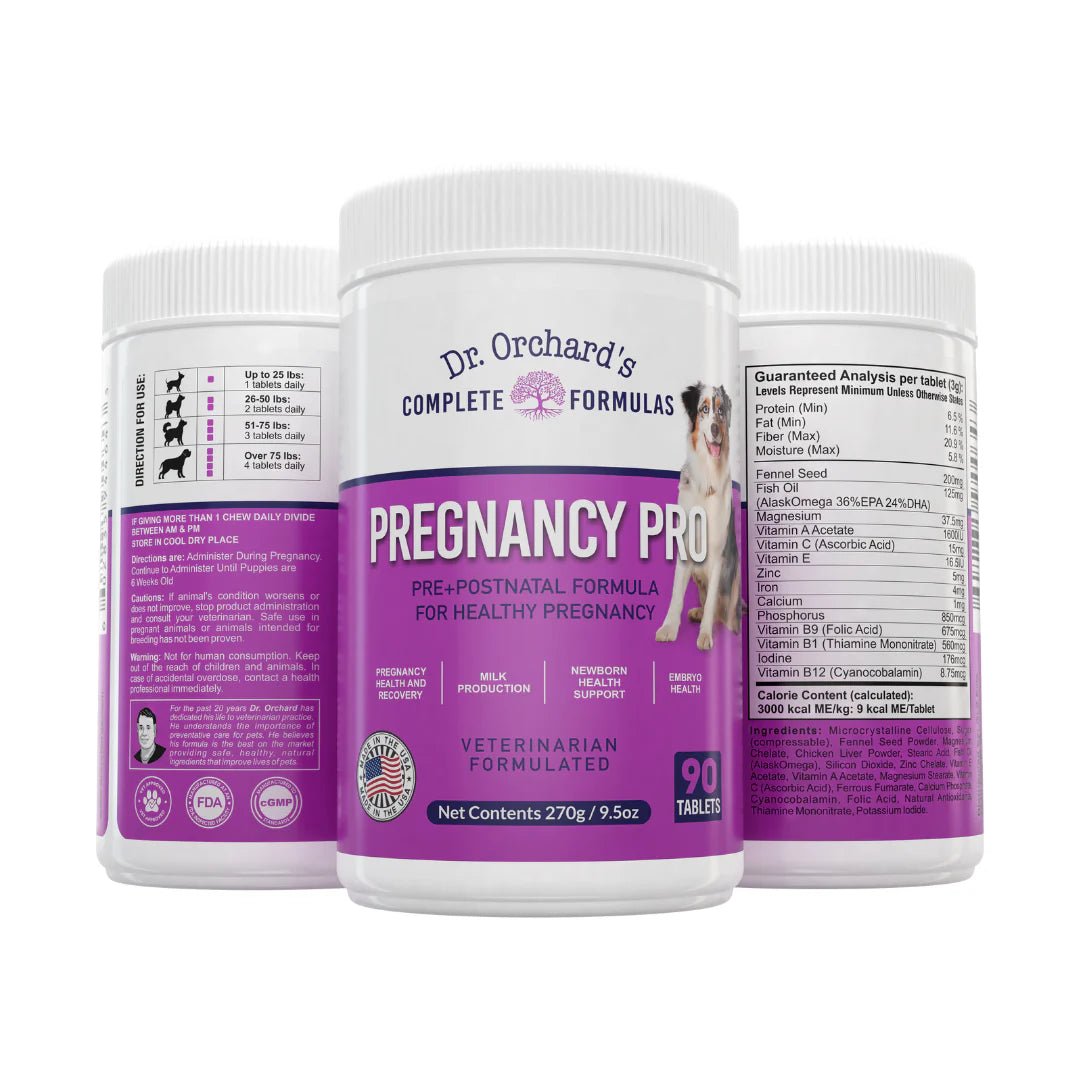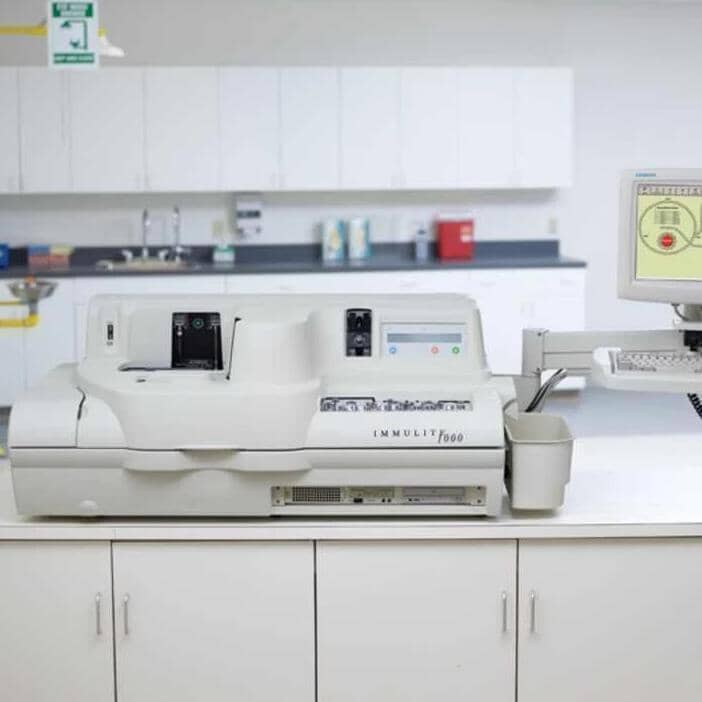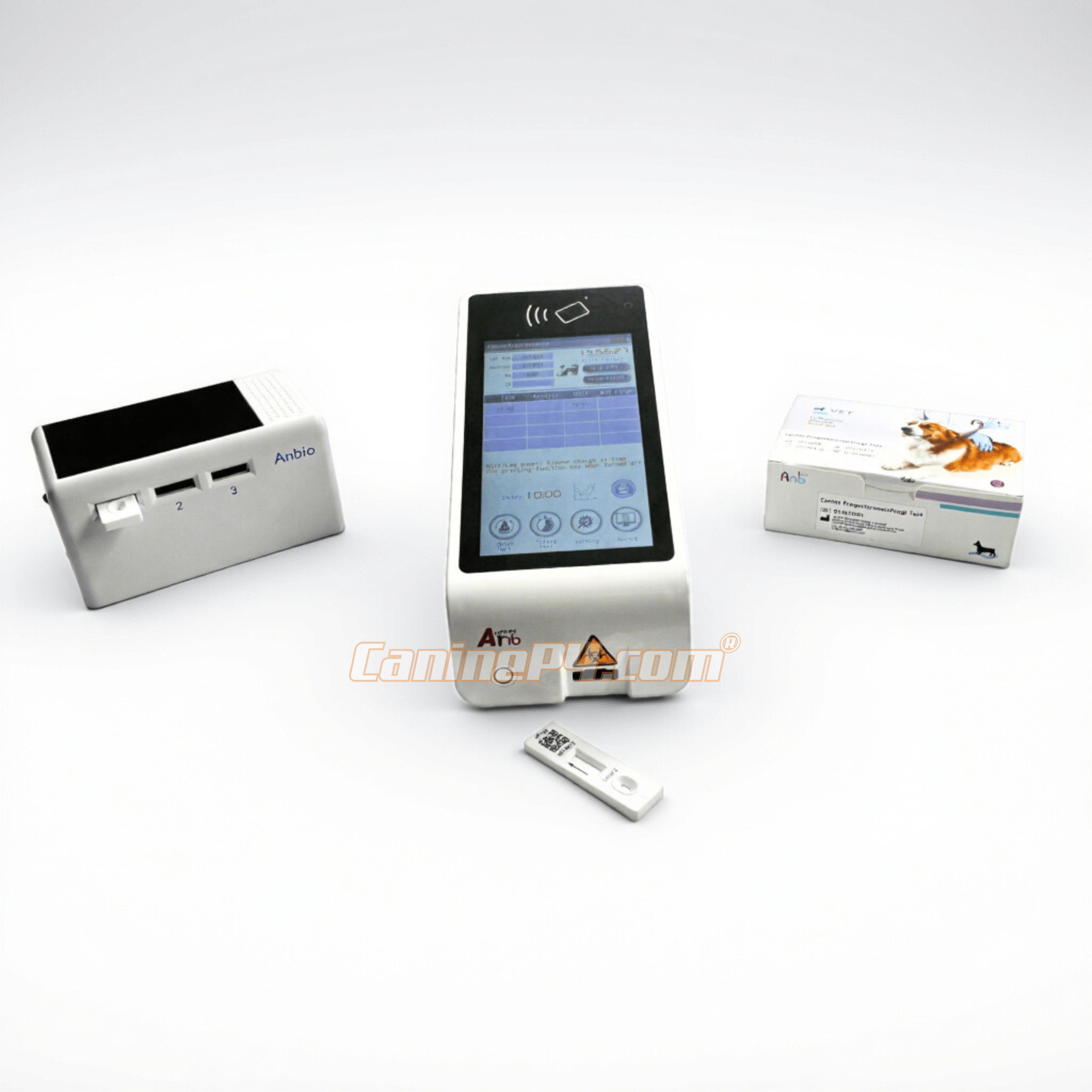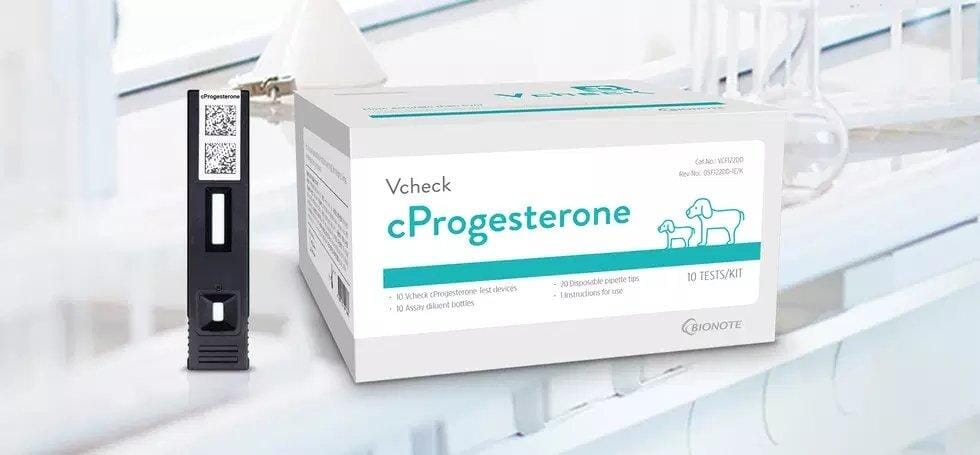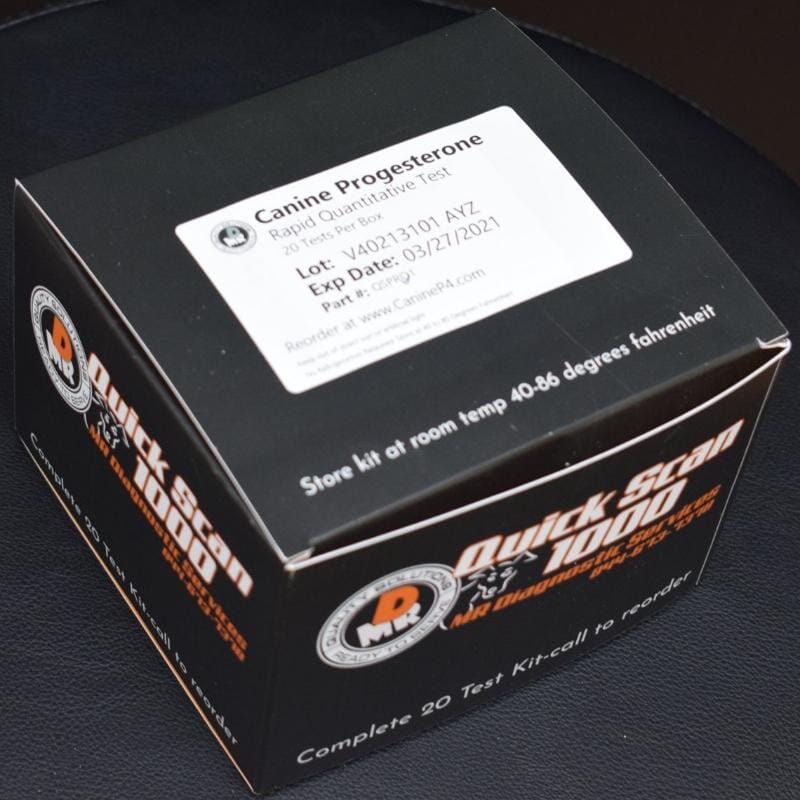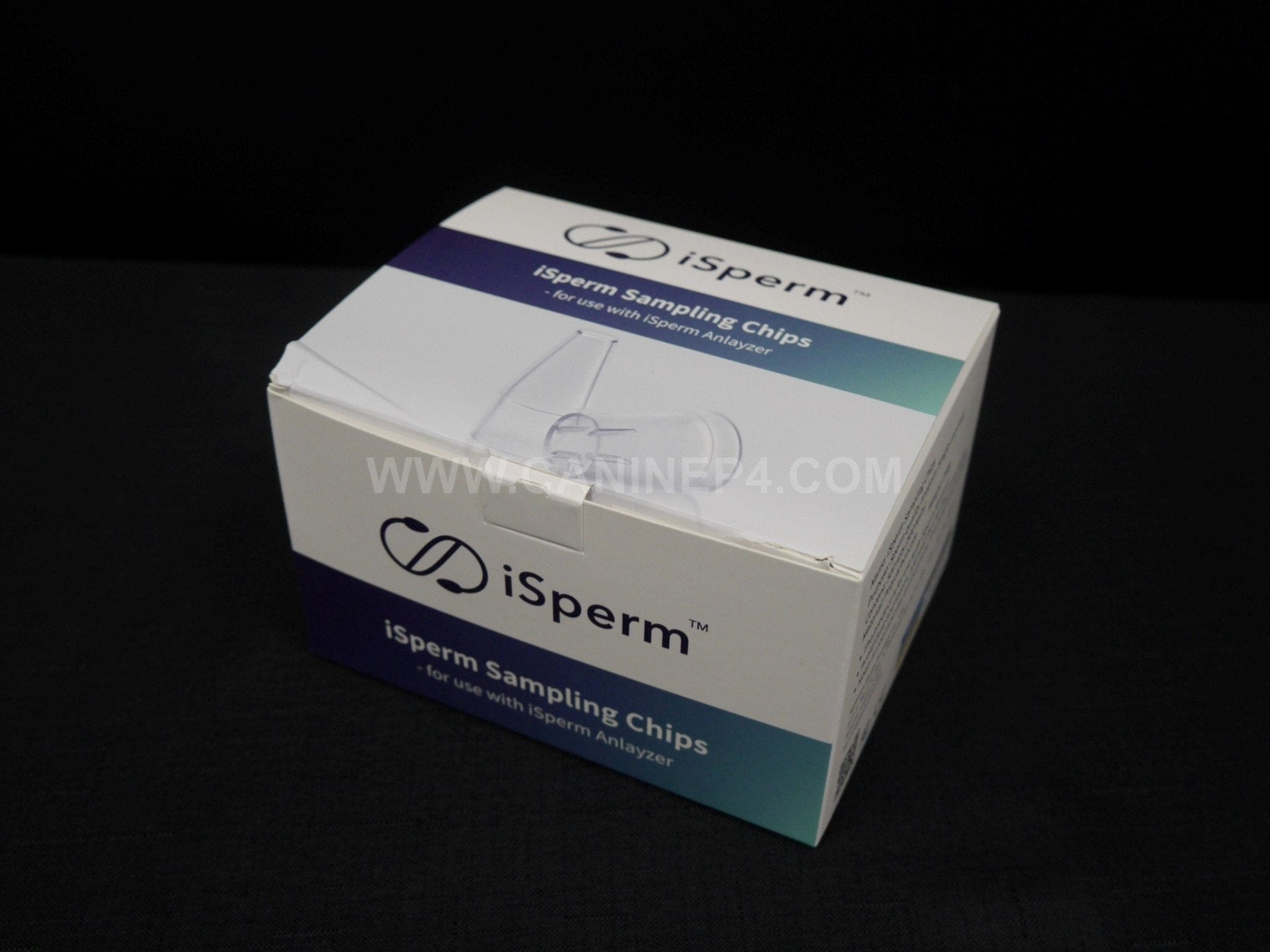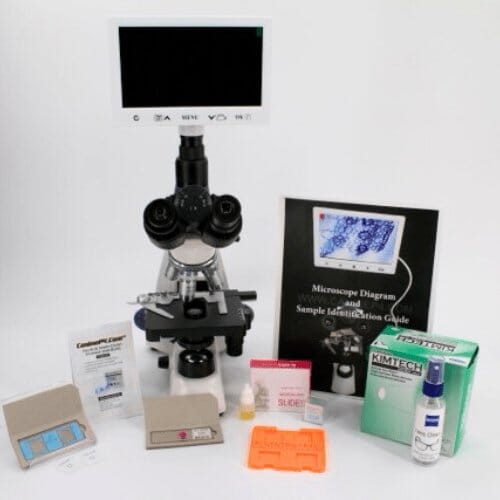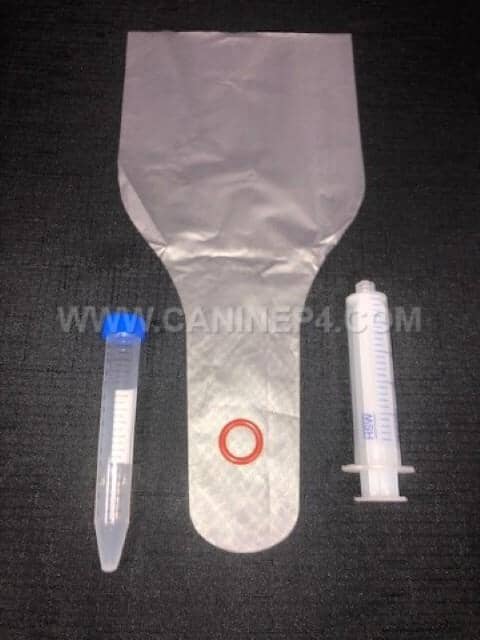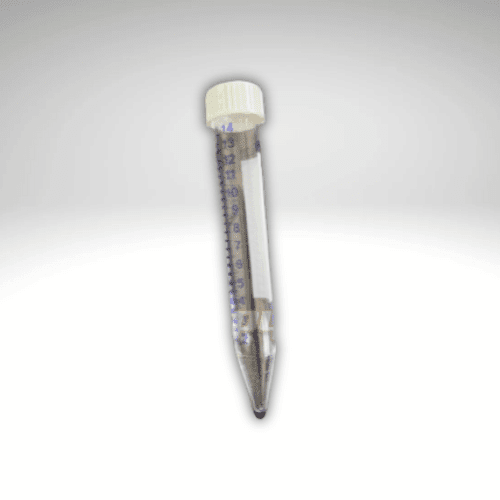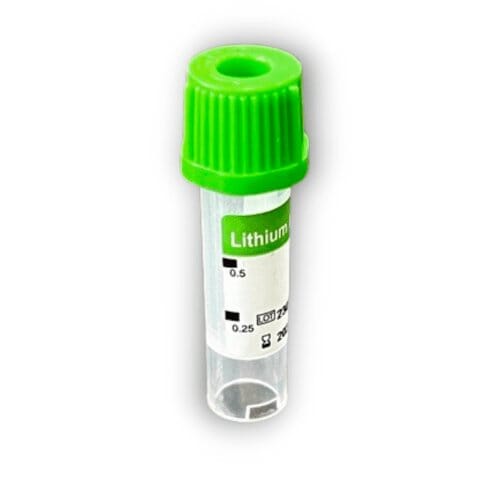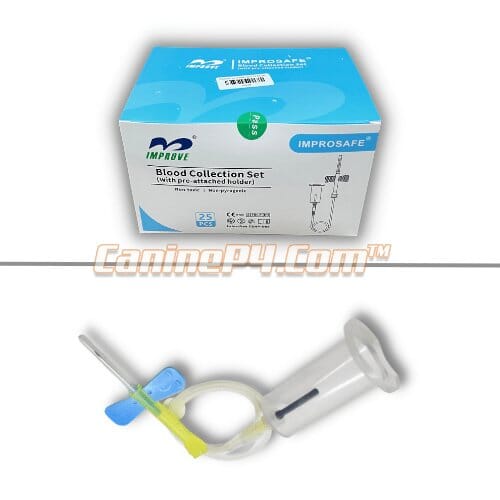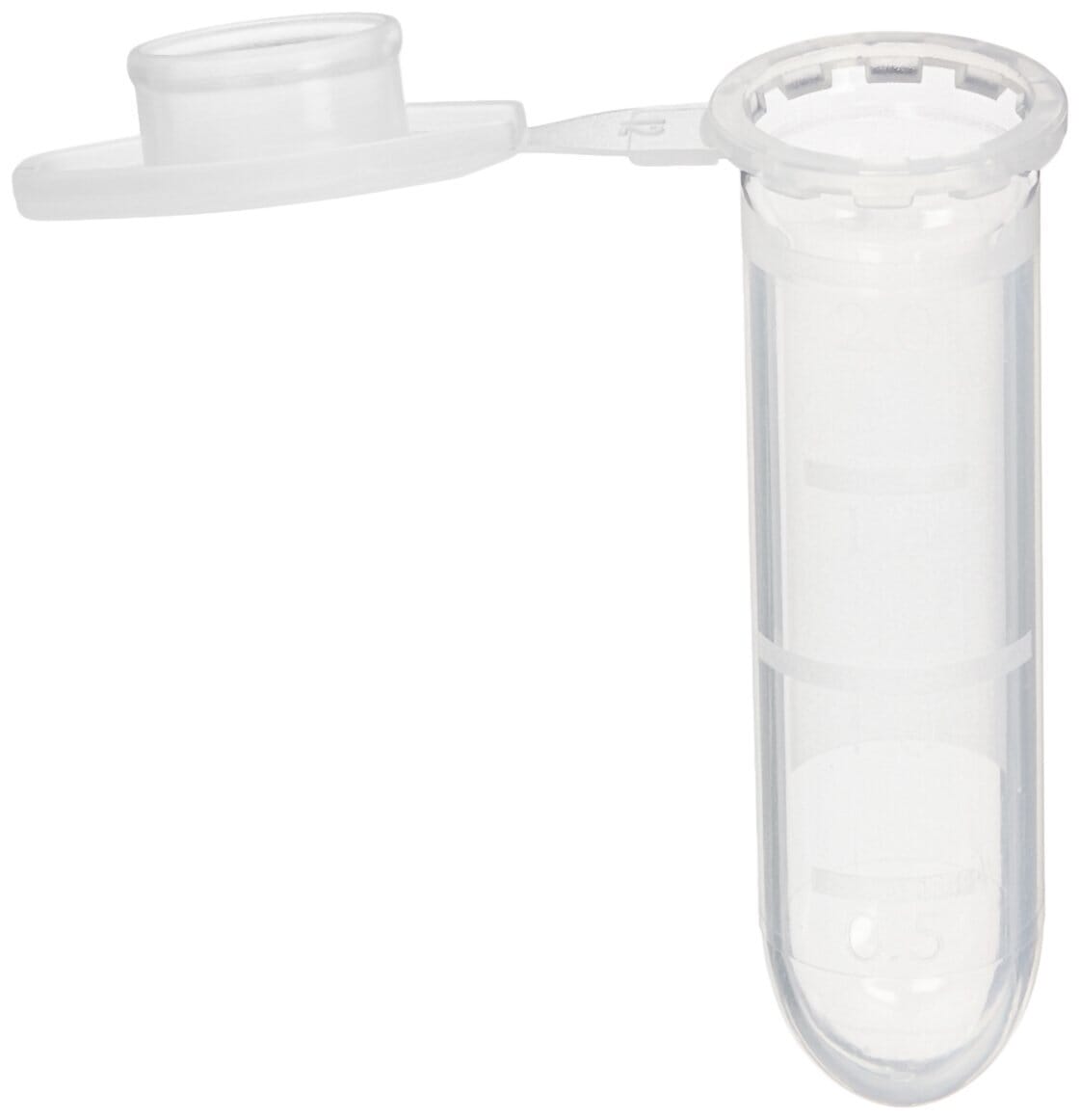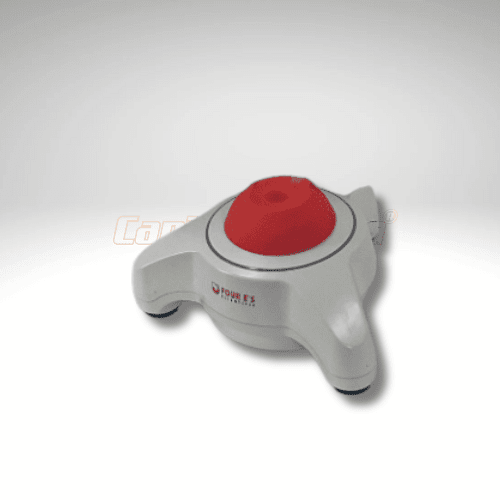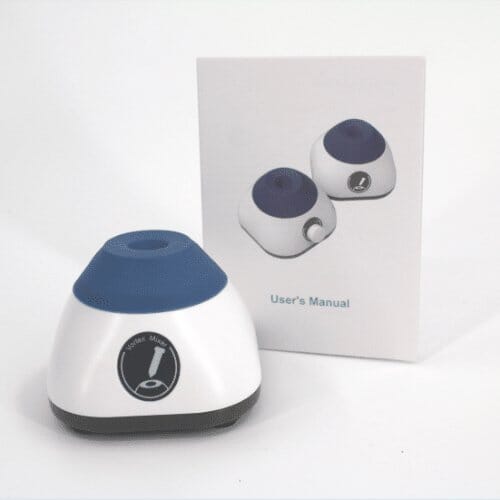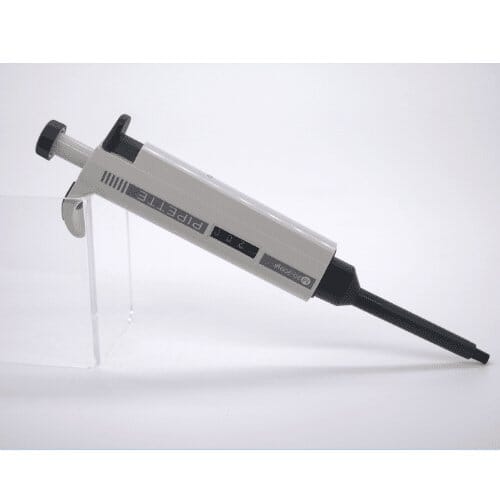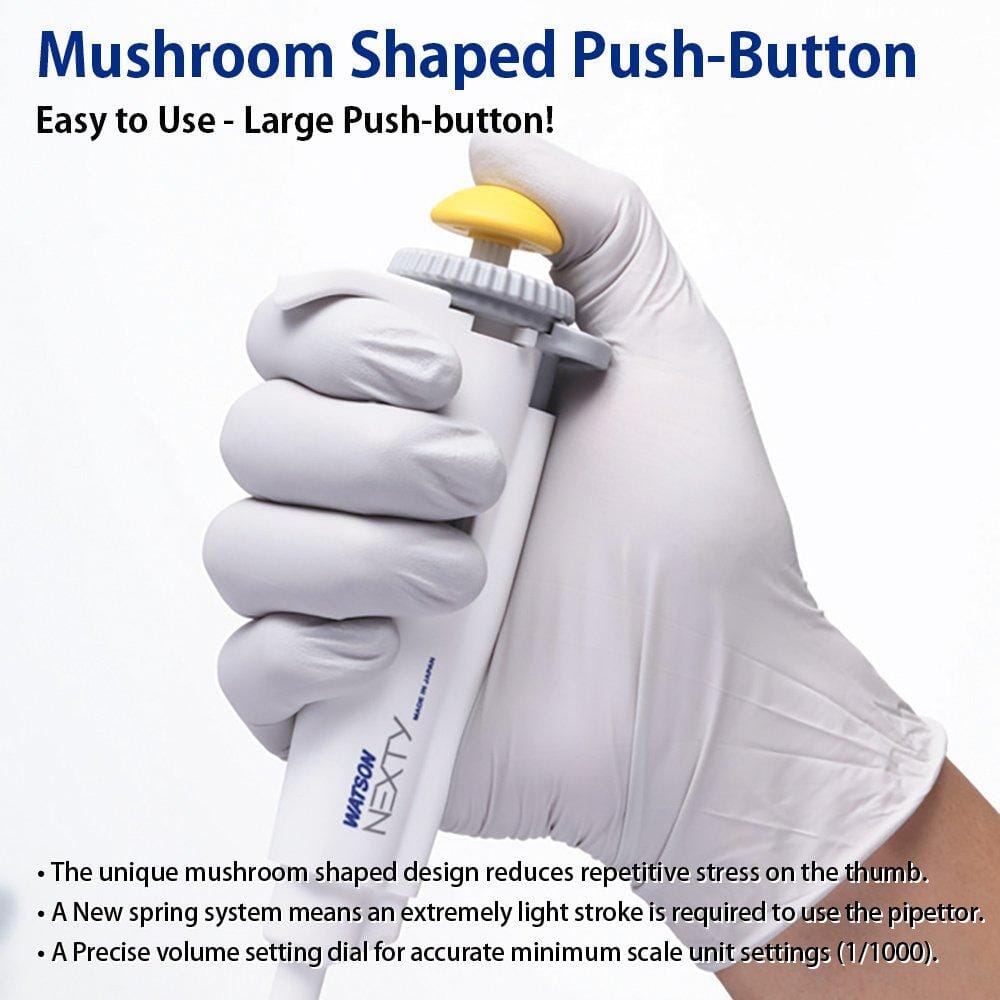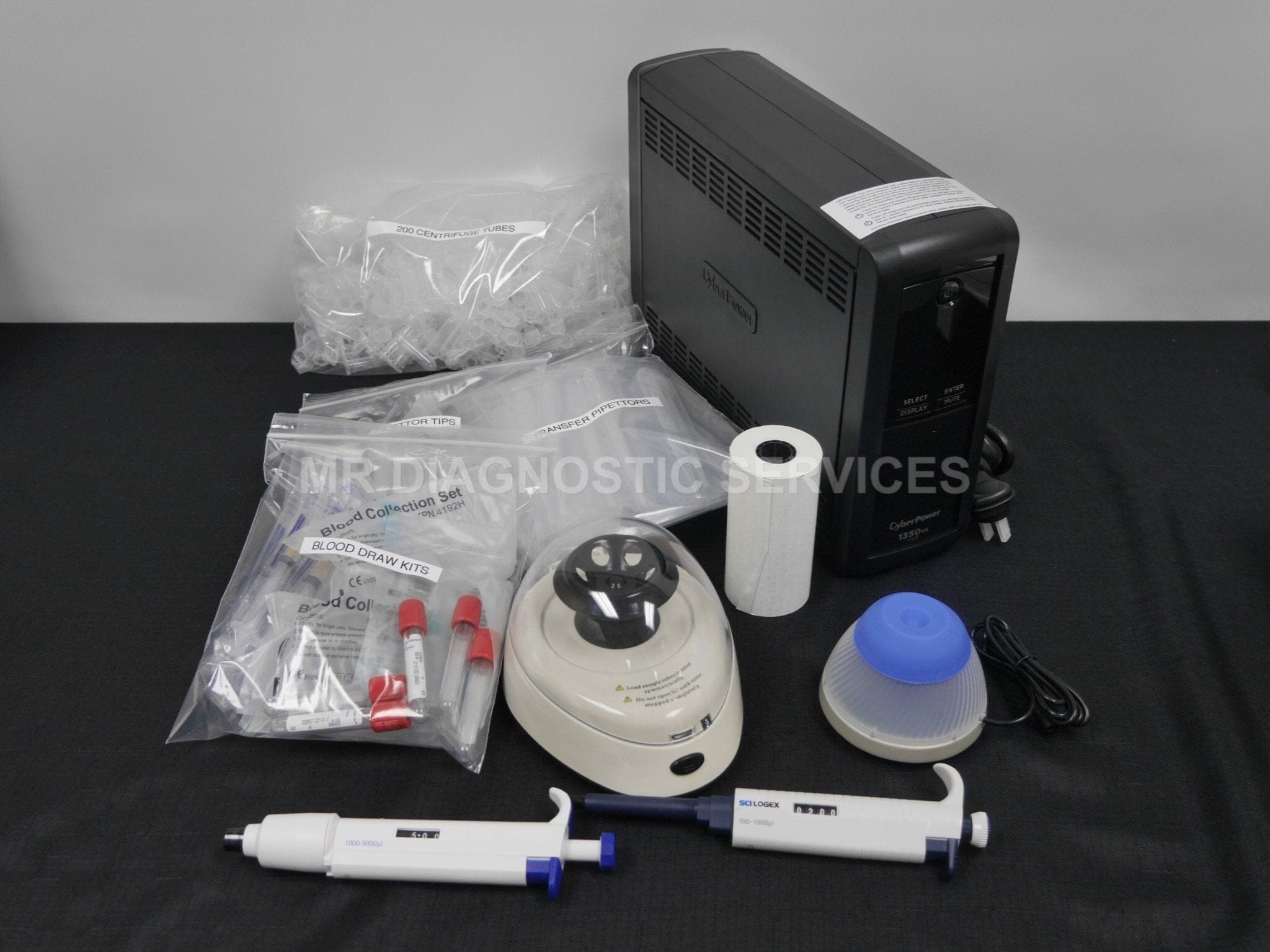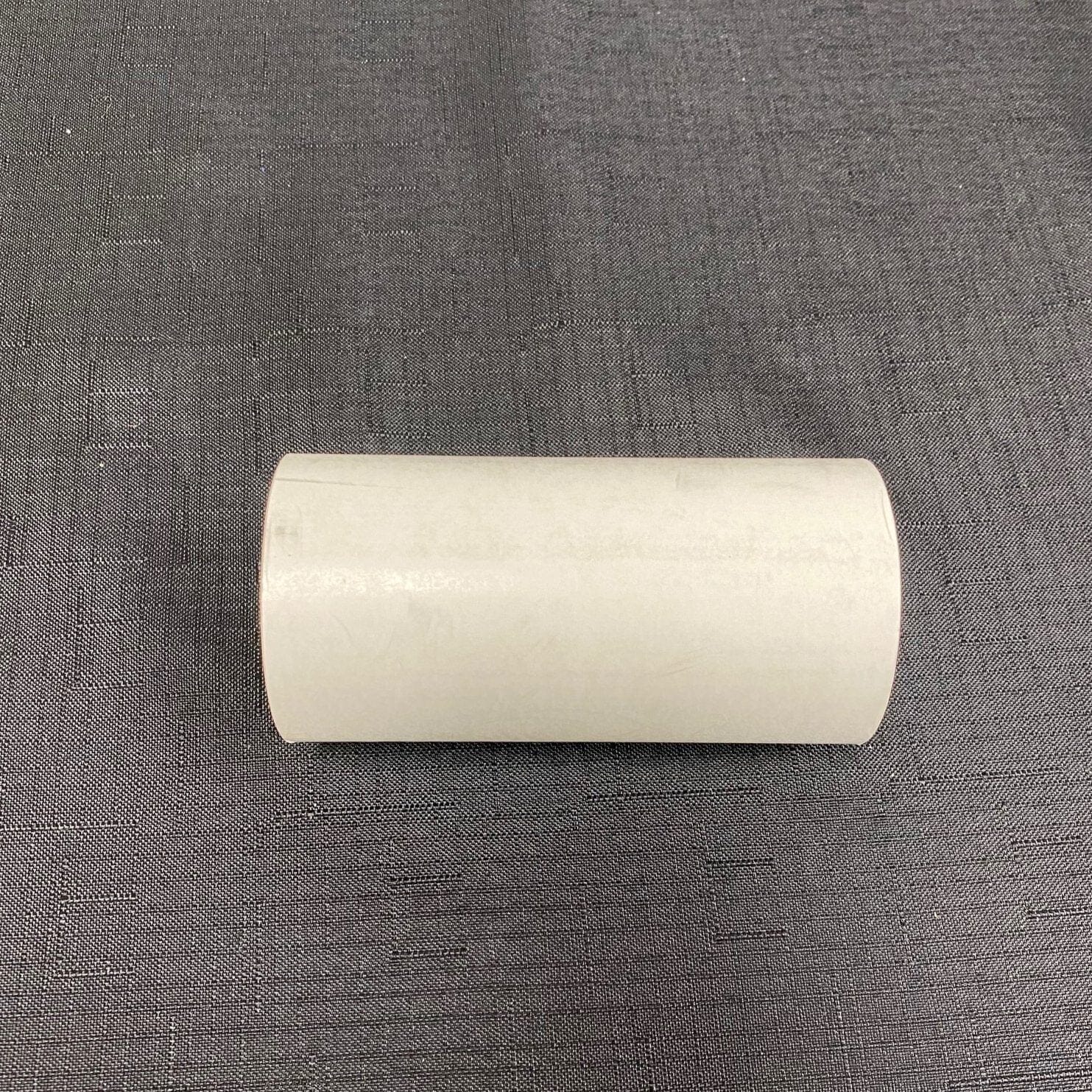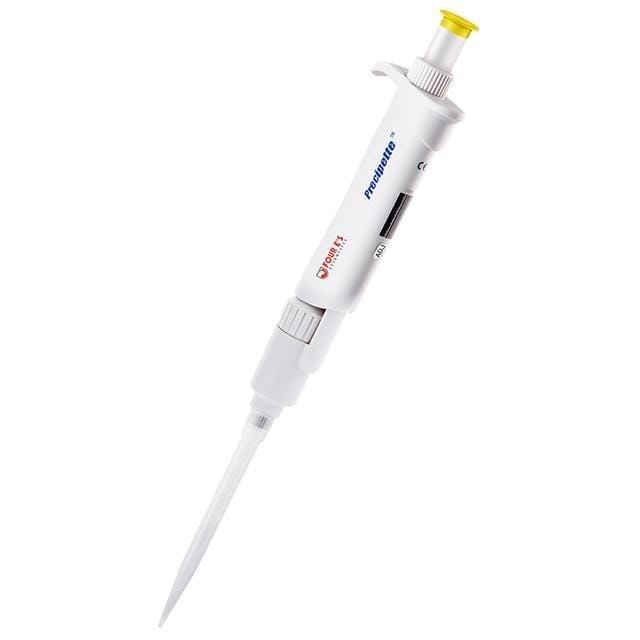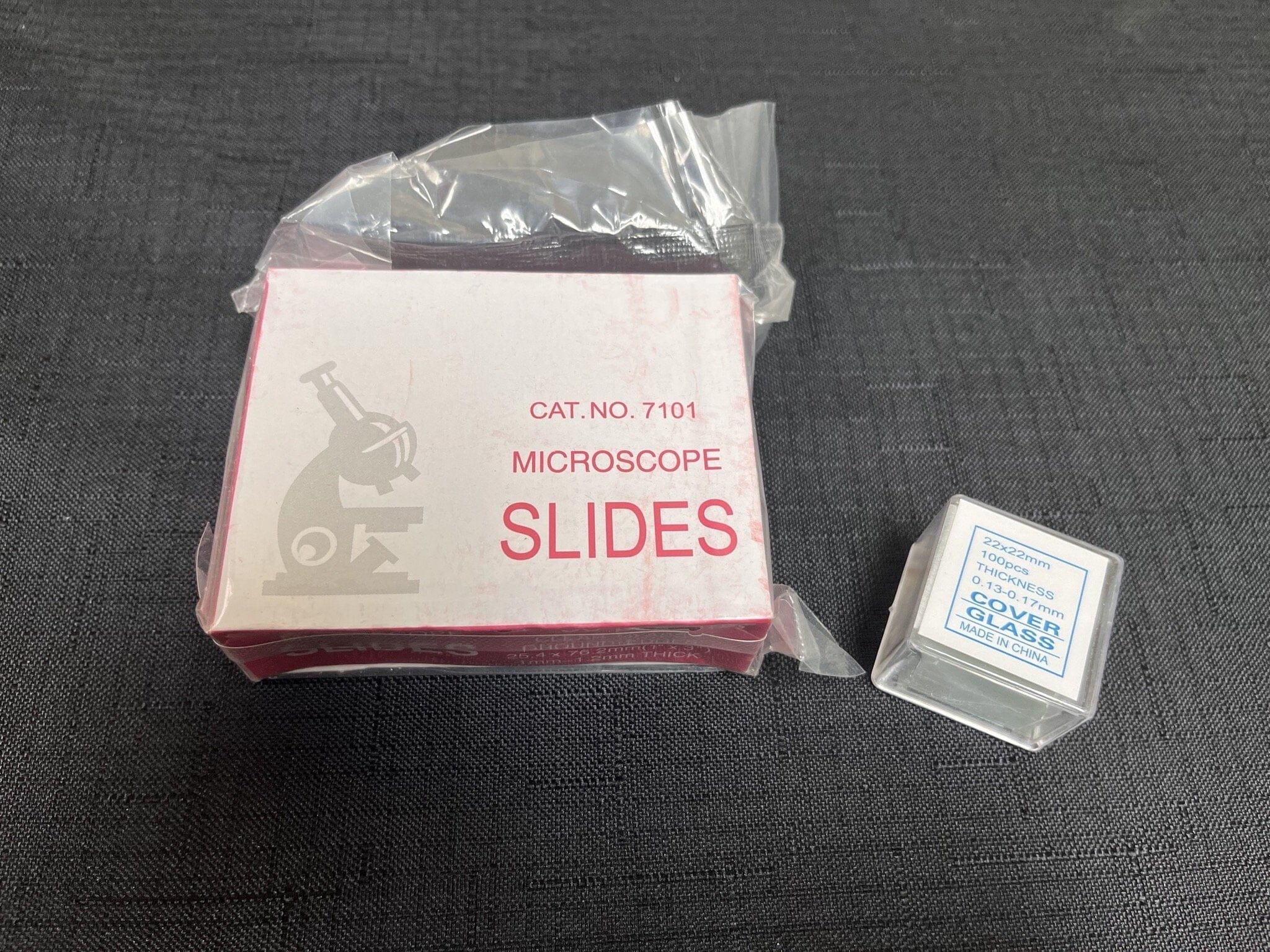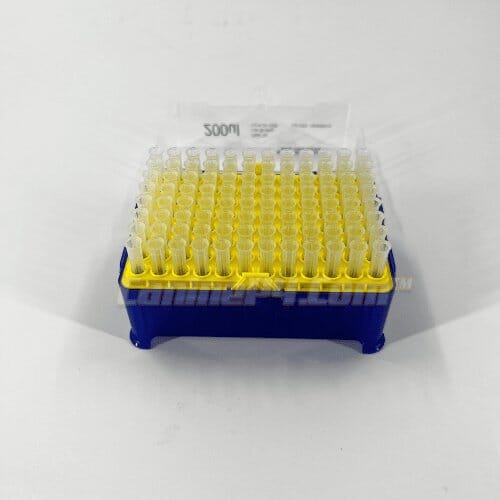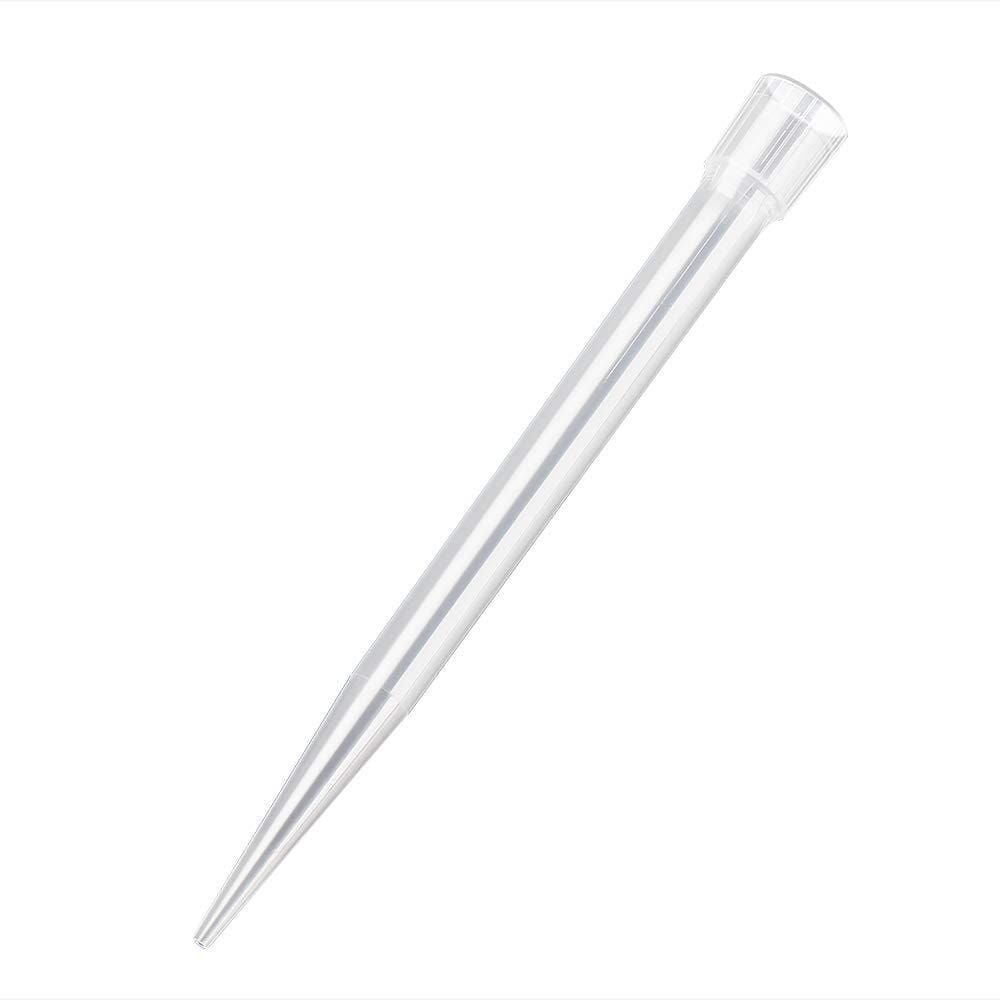Menu
Canine Reproduction and Everything You Want to Know

It’s natural for dog owners and lovers to want to know everything they can about their furry friend’s reproductive cycle. More so, if you plan to breed or if you want to become a professional breeder.
Female dogs experience heat cycles twice a year, in the spring and fall. Both male and female canines prepare for mating at various stages of sexual or canine reproduction.
Unlike the female dog, who has distinct heat cycles that indicate her desire to mate, the male dog can be sexually aroused at any moment during his life and will usually comply unless other physical issues prevent him from doing so.
Basically, dogs reach sexual maturity around 6-9 months of age, and their hormone levels peak during these periods of arousal.
Below are other things you should know about male and female reproduction systems.
What are the Signs of a Fertile Female Dog?
Dogs cannot speak—at least they don’t use the same language as we do. However, fertile female dogs will show certain signs that indicate that she is ready to mate.
A female dog goes through a heat cycle every six months, and each heat cycle lasts about three weeks. During this time, her uterus produces a fertile discharge and she is more likely to attract a male dog’s attention.
The bloody discharge you’ll notice is only one sign that she is fertile and ready to mate. Below are other signs that you should look out for.
●swollen vulva
●welcomes male attention
●excessive genital licking
●agitated
●urinates frequently
●change in tail position
How to Tell If Your Male Dog is Ready for Breeding?
Male dogs are receptive to a female dog in heat at any time of the year. That means, compared to female dogs, male dogs are sexually active all year round.
In fact, male dogs as young as 5 months can sire puppies already. If you're a breeder and want successful breeding for your male dog, you may want to wait until your dog is one and a half years old. This is the stage when they are most fertile.
Male Canine Reproduction Basics
Some key points to understand about male canine reproduction and natural breeding in canines.
Male canine reproduction basics:
●Male canines have a penis that is separate from their testicles and which is used to deliver sperm into the female canine.
●The male canine's penis has two or three small bone pieces, called osphradia, that help it swell and become erect.
●Male canines do not use any form of birth control when mating with a female.
When Is the Best Time to Mate Your Dogs?
Because healthy male dogs with no fertility issues can sire puppies any time, the best time for successful breeding mostly depends on the female dog.
The best time to mate, for a female dog is from 11 days after her first bleeding.
This, however, is difficult to tell because some female dogs will accept a dog sooner, while others will not. A veterinarian may be able to perform hormone testing on the bitch to determine the ideal time to mate. You can also do this testing at home with our easy to use in-house Canine progesterone machines.
To mate the dogs, they are brought into the same space, and if the female is at the right stage of her cycle, then you can expect successful breeding.
What to Do if You Don’t Want Your Dog In-Heat to Get Pregnant?
If you don't want your female dog to get pregnant, separate her from male dogs for at least three to four weeks after her first bleeding.
If you don’t have male dogs, don’t let the female dog out of the house or she’ll come back pregnant.
Take note that just because she is no longer bleeding doesn't mean she can no longer get pregnant. Even after the discharge stops, your female dog may still be in heat and welcome male dogs' attention.
Interested in Breeding Dogs?
Breeding dogs creates multiple benefits, including companionship for owners and income for breeders. However, there are some drawbacks that must be considered before deciding to breed dogs.
Breeding requires a high degree of commitment and responsibility on behalf of the breeder. It can also require significant financial resources. Dogs often have high vet bills which only multiply when pregnant or nursing young puppies!
There is also no guarantee that your dog will produce successful litters so you should be ready for that.
Our test kits can help you in your dog breeding journey. We have progesterone tests, pregnancy tests, sperm analysis, and other tools to assist you and your dog get a successful canine reproduction.
Browse through our inventory today and contact us if you need assistance. Don’t forget to follow and subscribe to us on Facebook, Instagram, and YouTube to stay connected and get more breeding tips.
Browsing history
- Choosing a selection results in a full page refresh.



